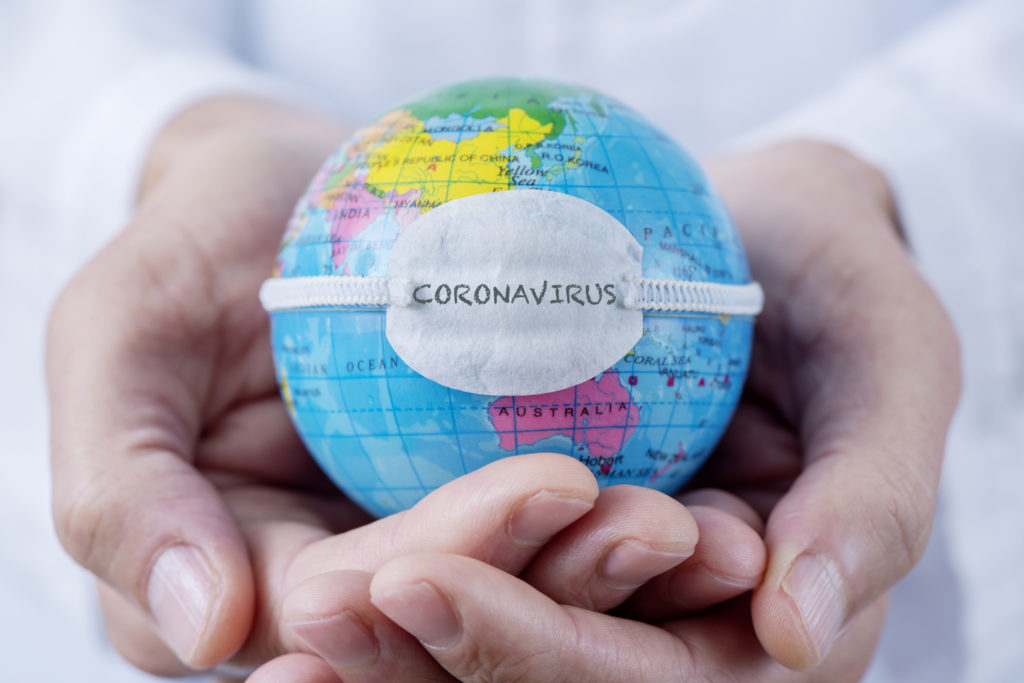Coronavirus Disease 2019 (COVID-19)
March 4, 2020
Coronavirus is a large family of viruses that cause illness ranging from the common cold to more severe diseases. Coronaviruses are common in many different species of animals, including camels, cattle, cats, and bats. They are also zoonotic, meaning they can be transmitted between animals and people.
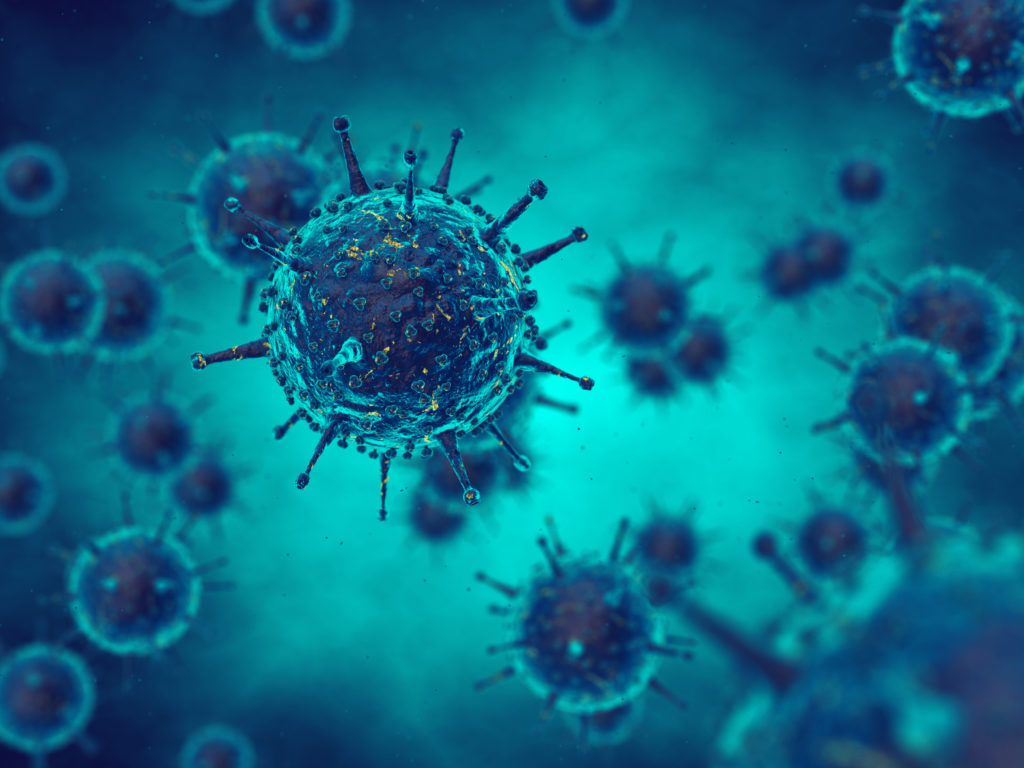
A novel coronavirus is a new strain that has not been previously identified in humans. The Centers for Disease Control and Prevention, known as the CDC, is responding to an outbreak of a respiratory disease caused by a novel coronavirus first detected in Wuhan City, Hubei Province, China.
The virus has now been detected in over 60 locations internationally, including cases in the United States.
The virus has been named SARS-CoV-2, and the disease it causes is known as coronavirus disease 2019, or COVID-19 for short.
Transmission
The spread of a virus from person-to-person can vary. Some viruses are highly contagious, like the measles virus, while other viruses are less so.
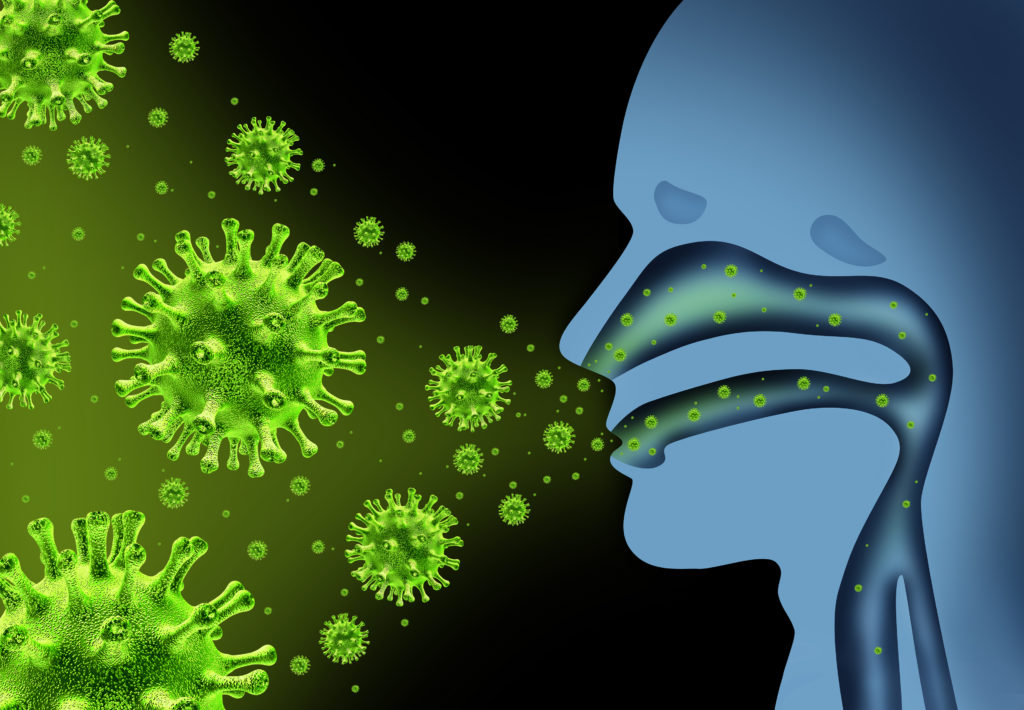
The virus that causes COVID-19, seems to be spreading easily and sustainably. In the United States, the spread from person-to-person has occurred only among a few close contacts, but the threat of a community spread is occurring.
The COVID-19 virus is thought to spread mainly from person-to-person who are in close contact with one another, within about 6 feet. Likely from respiratory droplets, produced when an infected person coughs or sneezes and the droplets land in the mouths or noses of people who are nearby, or possibly inhaled into the lungs.
Also, it may be possible for a person to get COVID-19 by touching a surface or object that has the virus on it, and then touching their own mouth, nose, or eyes.
Symptoms
Reported illnesses have ranged from mild symptoms to severe illness and death from confirmed COVID-19 cases. Symptoms may appear 2 to 14 days after exposure.

The most common symptoms of COVID-19 are fever, tiredness, and dry cough. Some patients may have aches and pains, nasal congestion, runny nose, sore throat, or diarrhea.
These symptoms are usually mild and begin gradually.
Some people become infected but don’t develop any symptoms, and don’t feel unwell.
Most people, about 80%, are recovering from the disease without needing special treatment.
Around 1 out of every 6 people who gets COVID-19 becomes seriously ill and develops difficulty breathing.
Older people, and those with underlying medical problems like high blood pressure, heart problems or diabetes, are more likely to develop serious illness.
About 2% of confirmed cases have resulted in death.
People with fever, cough, and difficulty breathing, should seek medical attention.
Prevention

There is currently no vaccine to prevent COVID-19. The best way to prevent illness is to avoid exposure. However, as a reminder, CDC always recommends everyday preventive actions to help prevent the spread of respiratory diseases, including:
- Wash your hands often with soap and water for at least 20 seconds, especially after going to the bathroom, before eating, and after blowing your nose, coughing, or sneezing.
- Avoid close contact with people who are sick.
- Avoid touching your eyes, nose, and mouth.
- Stay home when you are sick.
- Cover your cough or sneeze with a tissue, then throw the tissue in the trash.
- Clean and disinfect frequently touched objects and surfaces, using a regular household cleaning spray or wipe.
Interim Workplace Guidances

The CDC has issued interim workplace guidances, to help prevent workplace exposures to acute respiratory illnesses in non-healthcare settings. These guidances help plan for more widespread, community outbreaks, and include:
- The ongoing encouragement for sick employees to stay home.
- Separate sick employees if they show signs of symptoms.
- Emphasize respiratory etiquette, and proper hand hygiene by all employees.
- Perform routine environmental cleaning.
- Avoid nonessential travel and advise employees prior to any work related travel.
- Employees should report any illness, but also notify the employer if a family member, or other contact has been made with a potentially infected person.
- If an employee is confirmed to have COVID-19, employers should inform fellow employees of their possible exposure to COVID-19 in the workplace (maintain confidentiality as required by the ADA).
Preparing at Home
The CDC is recommending some preparation at home, for the possibility of a COVID-19 outbreak in individual communities. This preparedness is not meant to cause panic, but an opportunity for common sense readiness.

Consider stocking up on non perishable foods, medicines, and cleaning supplies. The reason to stock up on certain products now, isn’t so much to avoid potential shortages, but to practice what experts call social distancing.
Also consider bringing home work and school supplies, in the event telecommuting becomes necessary.
Prevent the Spread
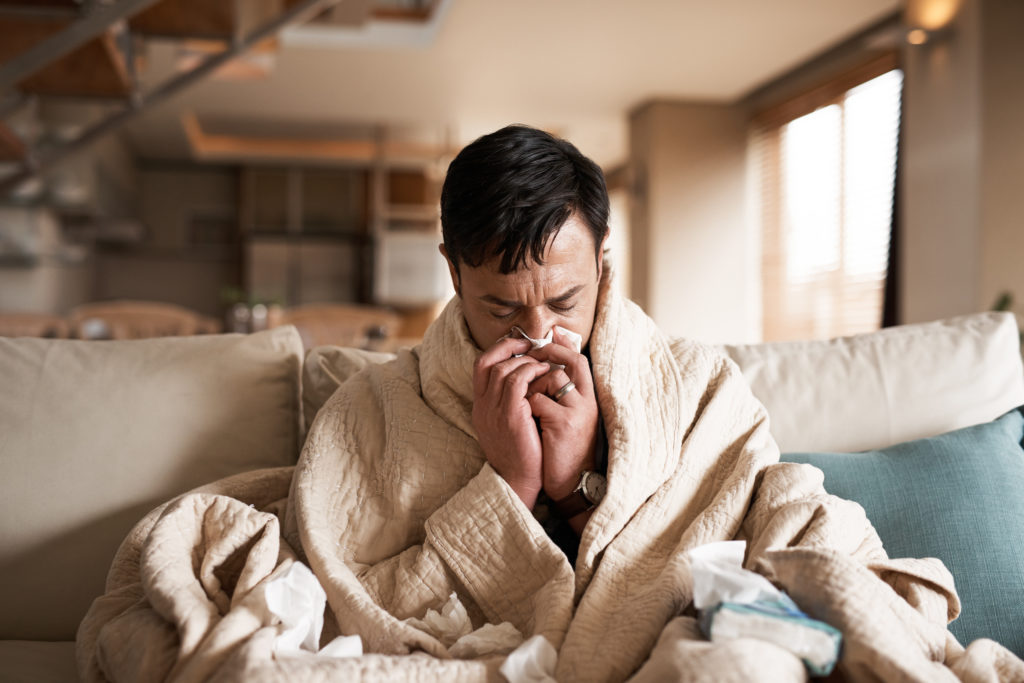
If infected with, or a suspicion of infection with the virus that causes COVID-19, there are steps to follow to help prevent the disease from spreading to others:
- Stay home except to get medical care: do not go to work, school, or public areas.
- Separate from other people and animals in your home and use a separate bathroom.
- Avoid using public transportation, ride-sharing, or taxis.
- Call ahead before visiting your doctor, to confirm the appointment.
- Wear a face mask when around other people or pets, and before entering a healthcare provider’s office.
- Cover coughs and sneezes.
- Wash hands often.
- Avoid sharing personal household items.
- Clean all “high-touch” surfaces frequently.
- Monitor symptoms.
Stay Informed
COVID-19 is an emerging disease and there is more to learn about its transmissibility, severity, and other features and what will happen next.
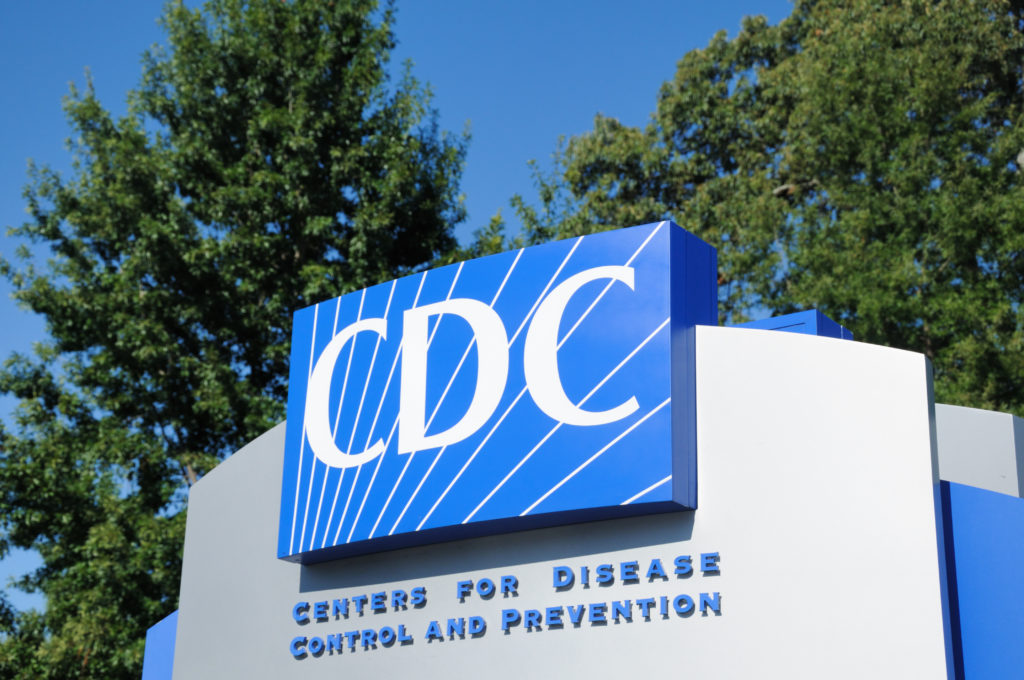
Global efforts at this time are focused on containing the spread of the virus and mitigating its impact. This is a dynamic and fast moving situation, and new information from the CDC will further inform the public.
For all updates visit the CDC website: www.cdc.gov/coronavirus
2020 Training Lesson: Coronavirus Disease 2019 (COVID-19)
Click here to access a free lesson on the Coronavirus Disease 2019 (COVID-19)
